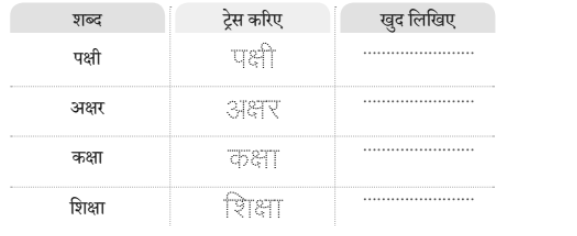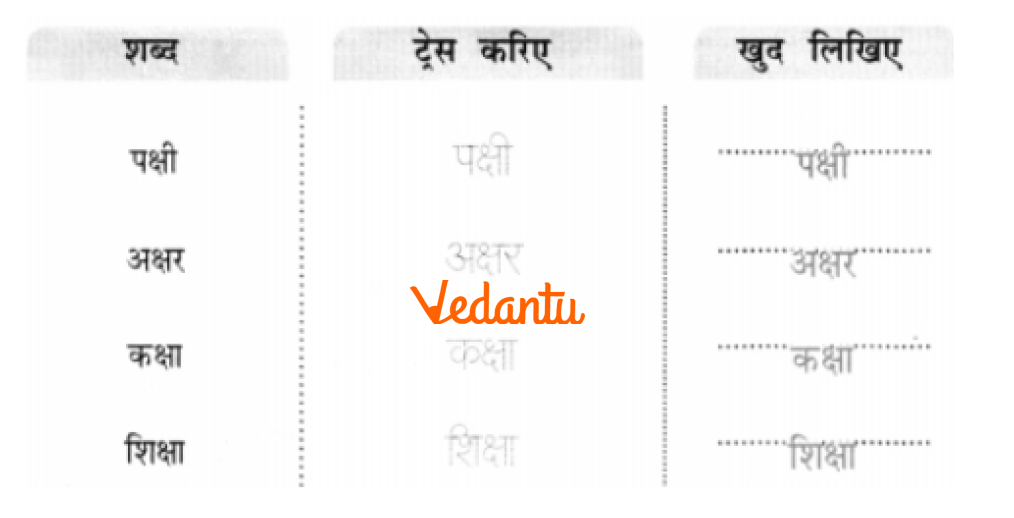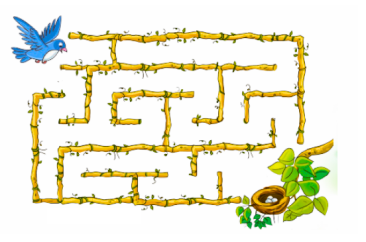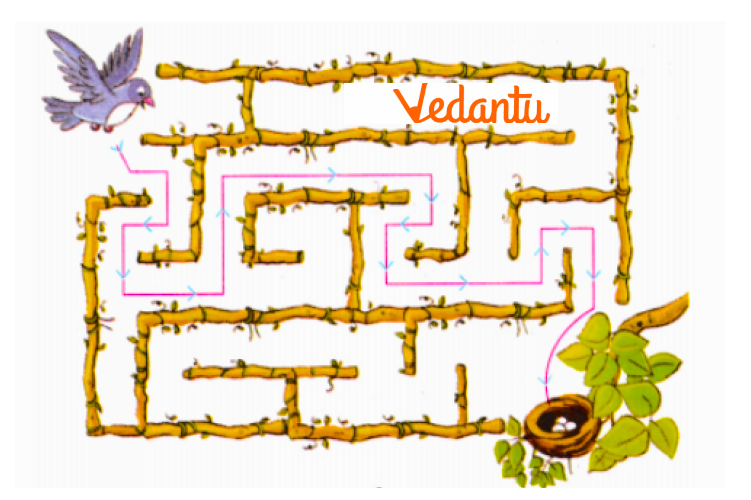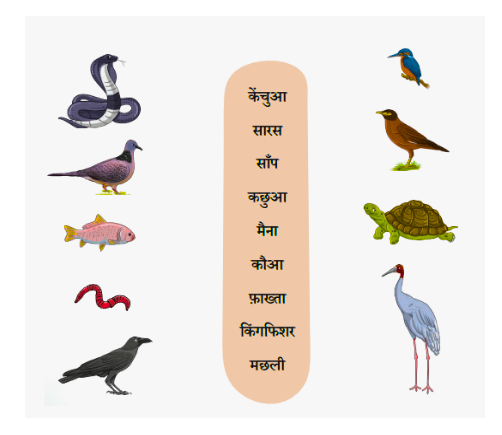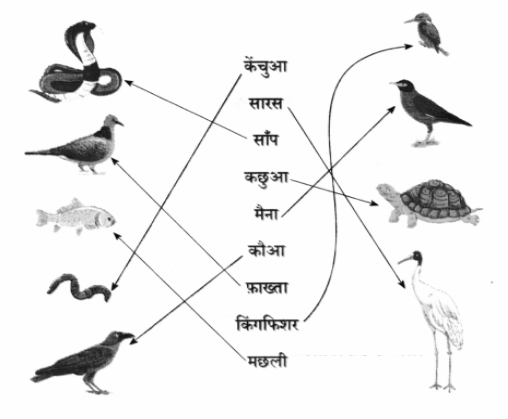Taalaab Questions and Answers - Free PDF Download
FAQs on NCERT Solutions For Class 2 Hindi Sarangi Chapter 13 Taalaab - 2025-26
1. What is the main focus of NCERT Solutions Class 2 Hindi Chapter 13 Taalaab?
Chapter 13 highlights the lively ecosystem of a pond named "Chhota Taalaab" and its various inhabitants.
2. What creatures are found in the pond as described in Chapter 13 Taalaab?
The pond is home to earthworms, snakes, crabs, frogs, beetles, turtles, and many fish and insects.
3. What seasonal changes are observed in Chapter 13 Class 2 Hindi?
The arrival of storks during the winter season brings activity and vibrancy to the pond.
4. Why does the author visit the pond frequently in Chapter 13 of Class 2 Hindi?
The author enjoys observing the diverse life forms and the beauty of nature surrounding Chhota Taalaab.
5. What message does Chapter 13 Taalaab of Sarangi convey about nature?
The chapter emphasizes the importance of biodiversity and the need to respect and observe the natural world.
6. How do the storks impact the pond's ecosystem as mentioned in Chapter 13 “Taalaab”?
The storks contribute to the lively atmosphere of the pond but will eventually leave, leaving a void.
7. What kind of birds are mentioned in chapter 13 Taalaab?
Various birds such as mynas, parrots, crows, kingfishers, and pigeons visit the pond.
8. What does the Taalaab of Class 2 Hindi teach about the interconnectedness of life?
It highlights how different species rely on one another and the environment, creating a balanced ecosystem.
9. How does the author feel about the seasonal departure of the storks in Chapter 13 of Class 2 Hindi?
The author expresses a sense of loss, acknowledging that the pond will miss the storks when they leave.
10. What overall theme does Chapter 13 of Taalaab of Sarangi convey?
The chapter conveys themes of appreciation for nature, the beauty of biodiversity, and the seasonal changes that affect ecosystems.

















